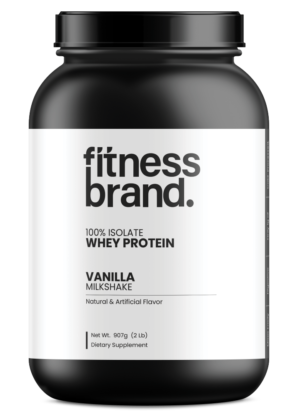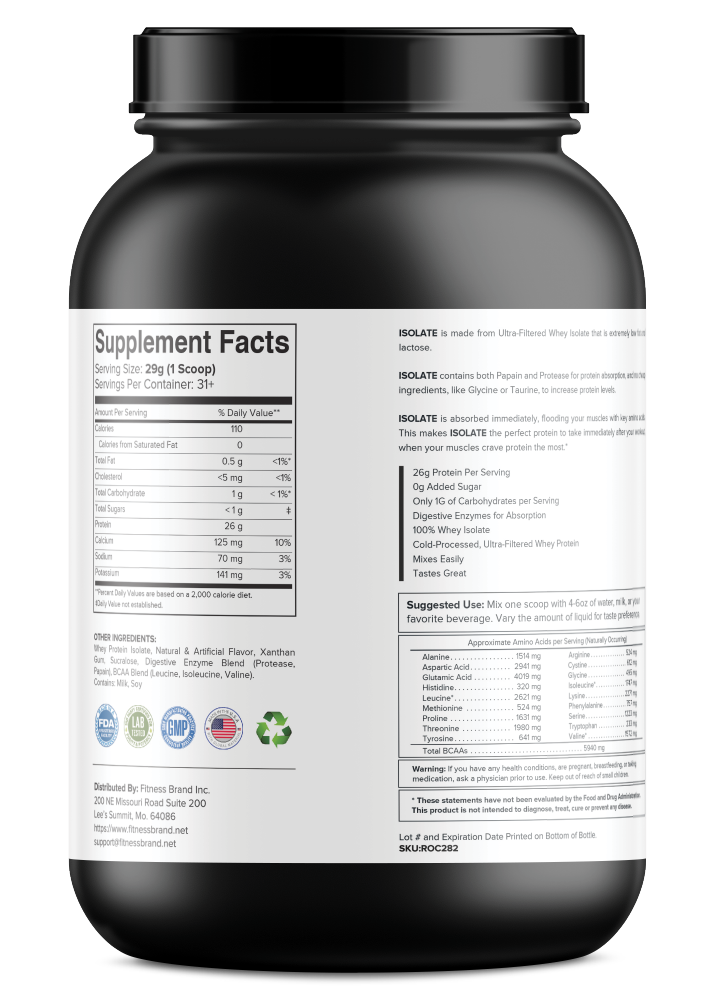


In the journey to losing body fat, it’s easy to fall into common traps that promise quick results but ultimately lead to frustration or even harm. Here’s what you need to know to avoid these pitfalls and stay on track.
From juice cleanses to extreme low-calorie diets, fad diets offer the allure of quick fat loss but often result in only temporary success. These approaches can lead to nutrient deficiencies, energy crashes, and even a loss of lean muscle. Sustainable fat loss requires a balanced approach that provides your body with the nutrients it needs while supporting metabolic health. Opting for balanced, adaptable methods leads to better adherence and long-term results (Kim et al., 2016).¹⁸
A sustainable approach to fat loss incorporates gradual calorie reduction, balanced macronutrients, and a focus on long-term habits rather than restrictive rules. This not only prevents weight regain but also promotes muscle preservation and overall health, making it a far more effective strategy than restrictive dieting.
Exercise is a key part of fat loss, but overdoing it can lead to burnout, injury, and even hinder progress. Over-exercising, particularly without adequate recovery, stresses the body and can elevate cortisol levels, which can contribute to fat retention, especially around the midsection.
Rest and recovery are essential for muscle repair and hormonal balance. Scheduling rest days and prioritizing sleep ensure that exercise benefits are maximized without overstressing the body. Incorporating a balanced exercise routine that includes rest periods will yield more consistent fat loss results than constantly pushing through fatigue (Parmenter et al., 2015).²
Social situations, from family gatherings to work events, often involve food and drink choices that challenge a fat loss plan. These events can make it difficult to stay on track, leading to overconsumption or choices that don’t align with your goals.
Learning to navigate social pressures is critical for sustainable fat loss. Strategies such as planning ahead, practicing mindful eating, and setting boundaries around your goals can help you manage temptations and make balanced choices.
Category: Lose Body Fat
